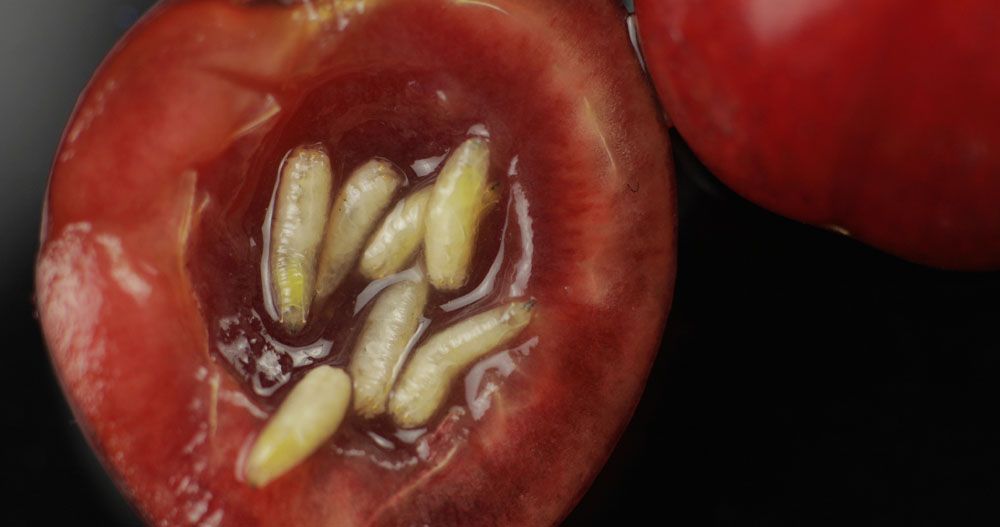
Black Cherry Fruit Fly – Rhagoletis fausta
Black Cherry Fruit Fly: Appearance, Territory, Damage and Life
Latin Name: Rhagoletis Fausta
Appearances: The Fausta has a mostly black thorax and abdomen, a pale Scutellum with small dark lateral patches, and a wing with both posterior and anterior apical cross bands, as well as distal and preapical cross bands that are broadly united. Adult – Smaller than a house fly, with a black body and yellow markings towards the base of the wings, as well as white stripes across the abdomen. The black spots on the pest’s wings help to distinguish it from other fruit flies.
Host Plants: Cultivated cherries Prunus avium, sweet cherry Prunus cerasus, sour cherry Prunus mahaleb, Mahaleb or St. Lucie cherry Prunus serotina, and wild cherry Prunus serotina are the main hosts.
Territory: Although black cherry fruit fly can be found in most fruit-growing states and provinces in eastern North America, fausta can only be found as far south as Pennsylvania. It is found in the United States and Canada
Damage Caused: Cherry is attacked by ovipositors, which pierce the fruit with the ovipositor and insert eggs one by one just beneath the skin. If the fruit is green, it will leave a scar, which may cause a dimple. Larval feeding in the fruit separates the pit from the pulp, causing it to turn dark; the skin shrivels over the wounded area in some cases. Brown rot (Monilinia sp.) can start in wormy fruit and spread to other cherries; infested fruit will not drop prematurely.
Life Cycle and habits: Adults emerge from the earth in the spring, around halfway through the growing season, and feed for a few days on materials on the surface of the leaves and fruit before laying eggs. This is the most vulnerable stage of the fruit fly’s life cycle, and it’s also the optimum moment to take action. Each female can lay between 300 and 400 eggs. Although more than one egg can be laid in a single fruit, only one larva grows. In five to eight days after oviposition, the eggs hatch, and the juvenile larvae tunnel directly to the surface of the cherry seed. At 77°F, they go through three instars in an average of 11 days.
When the cherry is fully ripe, the larvae mature, fall to the ground, and burrow to a depth of one to three inches in the soil, where they pupate and overwinter. Infested cherries do not fall from the tree at first, and sunken regions may develop. It’s possible that up to 75% of the cherries will be contaminated by the time they’re harvested. When early varieties’ fruits are harvested, larvae are likely to be present, and they may pass undetected and spread across the country. A few flies emerge as a second generation in August and September, but the majority of flies take a year to complete their life cycle.
